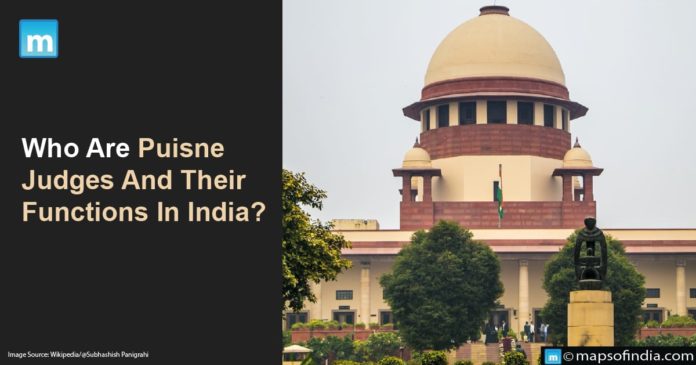The term puisne has French beginnings and signifies “after born” or “relatively young” in the language. It is pronounced /’pjuni/, similar to the English word “puny,” which denotes tiny. Puisne is nearly often used about judges and signifies seniority of the position. In common law nations, the phrase puisne judge refers to lower-ranking judges, i.e., any justice who is not the Chief Justice of the respective court.
Which nations follow common law?
Common law is the legislative enactment by judges via written judgments rather than legislation or constitutional provisions (statutory law). Common law, synonymous with “case law,” is founded on court precedent. The United Kingdom (UK) and Commonwealth nations, including India, follow common law.
Is the position of a puisne judge in India similar to one in the United Kingdom?
In the United Kingdom, puisne judges are magistrates who do not possess specific titles. A “puisne judge” was defined by the Supreme Court of Judicature Act of 1877 as every other High Court judge other than the Lord Chancellor, Lord Chief Justice of England, and Master of the Rolls.
On the other hand, All magistrates in India are assigned the same judicial authority. The Chief Justice has an extra administrative responsibility as the court’s highest-ranking judge. In India, a puisne judge is mentioned solely when examining the sequence of precedence for nominations, promotions to High Courts, and so on. Still, it does not influence the execution of a judge’s judicial power.
What did India’s collegium have to comment about puisne judges?
The Supreme Court collegium nominated justice Aravind Kumar and Justice Rajesh Bindal, the present Chief Justices of the Gujarat High court and Uttar Pradesh High Courts, for confirmation as Supreme Court judges on January 31.
According to the Indian Express, the collegium said in its reasoning for its suggestion that the selection was made taking “into consideration the seniority of Chief Justices and senior puisne Judges in their respective parent High Courts as well as the overall seniority of the High Court Judges.” This was done since seniority is among the numerous factors considered when appointing to the superior courts.
According to the Indian Express, In the Third Judges Case ruling in 1998, one of the two cases that led to the evolution of the collegium system, the Supreme Court clarified that “The Chief Justice of India must make a recommendation to appoint a Judge of the Supreme Court and to transfer a Chief Justice or puisne Judge of a High Court in consultation with the four seniormost puisne Judges of the Supreme Court.”
The Collegium System in India
- The collegium system governs the appointment and reassignment of Supreme Court and High Court justices.
- It is a five-member panel led by the current Chief Justice of India (CJI) and composed of the current four top judges on the court.
- A High Court collegium is chaired by the current Chief Justice and two additional of the court’s most senior justices.
- Magistrates of the superior courts are solely recruited through the collegium system, and the administration only has a role once the collegium has settled on individuals.




